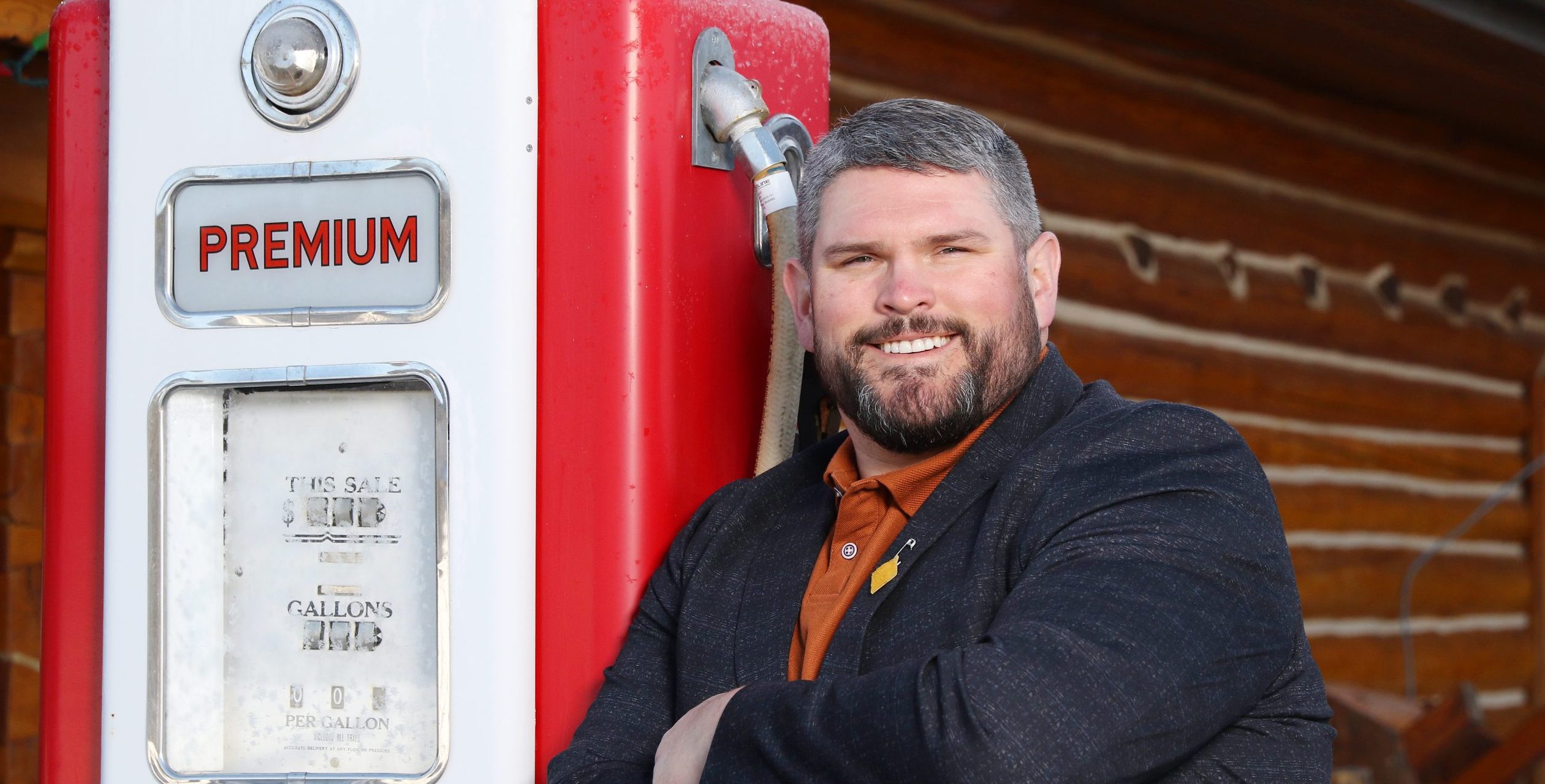
From LNG export facilities on the west coast to pipelines across western Canada, Indigenous communities are building on momentum and ramping up efforts for oil and gas infrastructure ownership.
The Indigenous Resource Network has launched its Ownership is Reconciliation campaign, which calls for a national guaranteed loan program that would enable Indigenous communities to grow their participation in major energy projects.
“Economic development is one of the greatest catalysts for self-determination,” says John Desjarlais, executive director of the Indigenous Resource Network, noting access to affordable capital is often a barrier to economic growth for Indigenous communities.
“I’m quite pleased with the sweeping economic impact of Indigenous participation in oil and gas. The biggest thing is not waiting on anyone – becoming entities that can fund our own infrastructure, programming, and culture.”
If the loan program comes to fruition, a variety of natural resource projects could be developed depending on the location of Indigenous communities – from mining critical minerals on the Canadian Shield to oil and gas in western and Atlantic Canada. Hydrogen production and carbon capture and storage are also of interest to Desjarlais.
“They sky is the limit,” he says, adding Indigenous communities are already making significant progress in developing and owning energy infrastructure.
The proposed $3 billion Cedar LNG facility in Kitimat, 50 per cent owned by the Haisla Nation, would be the first Indigenous-owned LNG terminal in the world and could be in operation by 2027. The project holds significant potential for economic and social transformation in the region, say stakeholders.
Also on the west coast, the Nisga’a Nation near Prince Rupert and its partners have proposed the $10 billion Ksi Lisims LNG terminal on Pearse Island – the project has entered B.C.’s environmental review process.
Sixteen Indigenous communities along the $14.5 billion Coastal GasLink pipeline, which will feed natural gas from northeast B.C. to LNG Canada and Cedar LNG, have signed a 10 per cent ownership stake once the project is completed in 2023.
In Alberta, 23 First Nation and Metis communities are now 12 per cent owners of seven operating Enbridge oil sands pipelines, a $1.1 billion investment announced in September 2022 that is the largest Indigenous energy transaction ever in North America.
The deal was made with the support of a $250 million loan guarantee from the Alberta Indigenous Opportunities Corporation, which has up to $1 billion available in loan guarantees to support Indigenous investment opportunities.
A national Indigenous loan guarantee program would be a similar concept on a Canada-wide scale.
As the relationship between Indigenous communities and the resource sector improves, more companies are seeking Indigenous partnerships prior to applying for project permits, says Desjarlais.
“It’s a win, win, win,” he says. “Industry loves it because I think they realize there are considerable challenges in treating Indigenous people as just stakeholders or part of a process, and considerable benefits when treating communities like partners.”
Through Energy for a Secure Future, Desjarlais and several of his peers, including Haisla Nation Chief Councillor Crystal Smith, travelled to Ottawa in April to meet with diplomatic representatives from Canada’s G7 partners – Germany, France, Japan, and the United States – as well as delegations from Poland and India. Their message was clear, Indigenous people want to drive energy sector development.
“Every official had a real desire to really understand Indigenous sentiment around resource development,” he says. “There was a sincere desire to learn from our perspective.”
The unaltered reproduction of this content is free of charge with attribution to Canadian Energy Centre Ltd.